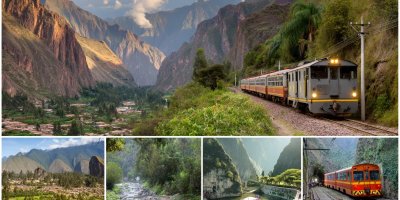When it comes to transportation in Peru, especially for reaching the iconic Machu Picchu, travelers have several options that cater to different preferences and budgets. The most common way to get to Machu Picchu is by taking a train from Cusco or the Sacred Valley. Two major train services operate in the region: Inca Rail and PeruRail. These trains provide a scenic journey through the Andean landscapes, offering stunning views of the mountains and rivers along the way.
For those looking for an adventure, the famous Inca Trail is a popular trekking route that leads directly to Machu Picchu. This multi-day hike requires advance booking with a licensed tour operator, as only a limited number of permits are issued each day. The best time for trekking is during the dry season, from May to September.
Once you arrive at the Machu Picchu train station in Aguas Calientes, you can either hike up to the archaeological site or take a short bus ride. The bus service operates frequently and is a convenient option, especially for those who prefer to avoid the steep ascent.
In Cusco, transportation options vary from taxis to public buses. While taxis are readily available, it’s essential to negotiate the fare before starting your journey, as most taxis do not use meters. Alternatively, you can use ride-hailing apps like Uber for a more convenient option.
The Sacred Valley is also well connected by public transportation, with minivans and buses offering service between towns like Ollantaytambo and Pisac. These are affordable options for those looking to explore the valley at their own pace.
When traveling in Peru, it’s important to consider altitude sickness, particularly in regions like Cusco, which sits at over 11,000 feet above sea level. Take your time to acclimatize and stay hydrated during your travels. Also, be prepared for varying weather conditions, especially in the highlands, where temperatures can fluctuate significantly.
For a more cultural experience, consider booking a guided tour that includes transportation to various sites in the region, as this can enhance your understanding of the local history and traditions. Lastly, always ensure that you have a reliable map or smartphone app for navigation, as street signs may be lacking in some areas.






